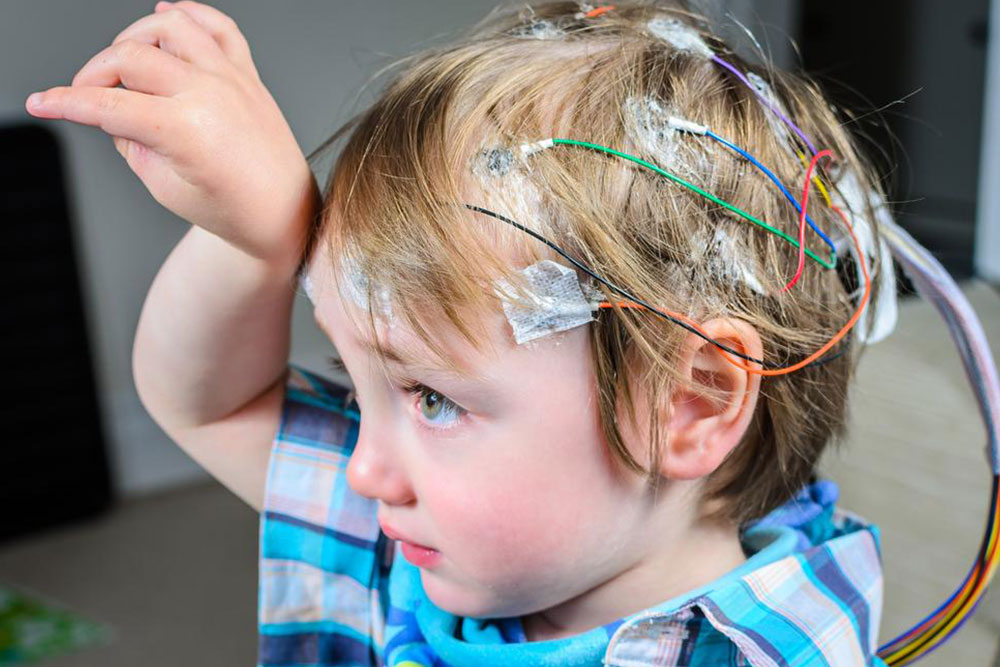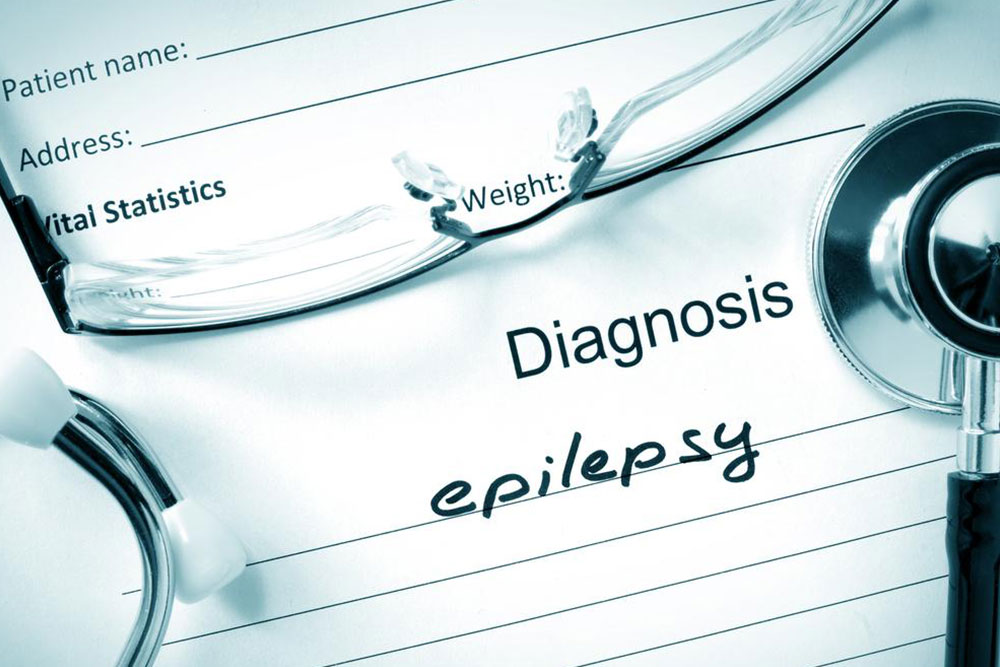Comprehensive Guide to Partial Seizures: Symptoms, Causes, and Effective Management Strategies
Explore an in-depth guide to partial seizures, including their types, symptoms, diagnostic methods, and comprehensive management strategies. Learn how early diagnosis and personalized treatment can significantly improve quality of life for affected individuals. This detailed article also covers lifestyle adjustments and advanced therapies for resistant cases, providing valuable insights for patients and caregivers seeking better seizure control and health outcomes.

Comprehensive Guide to Partial Seizures: Symptoms, Causes, and Effective Management Strategies
Seizures are a neurological disorder that results from abnormal electrical discharges in the brain. These disruptions can lead to a variety of symptoms, depending on the regions affected and the severity of the episodes. Among the different types of seizures, partial seizures—also known as focal seizures—stand out because they involve only a specific part of the brain. Understanding the intricacies of partial seizures is crucial for early diagnosis, effective management, and improving the quality of life for those affected.
Definition of Partial Seizures
Partial seizures originate from a localized area within the brain, unlike generalized seizures that involve the entire brain. When this abnormal electrical activity is confined to a particular cortical region, the individual experiences specific symptoms that reflect the function of the affected brain area. Sometimes, partial seizures can evolve into more widespread, generalized seizures—a process known as secondary generalization—affecting the whole brain and causing more severe symptoms.
Types of Partial Seizures Explained
Simple Partial Seizures: These seizures do not impair consciousness or awareness. Patients typically remain aware of their surroundings during the episode and can often remember the event afterward. Symptoms include muscle twitching, sensory disturbances, or unusual sensations localized to one part of the body.
Complex Partial Seizures: These involve alterations in consciousness, awareness, and behavior. During the seizure, individuals may appear confused, dazed, or exhibit automatisms—repetitive, automatic behaviors such as lip smacking, chewing, or fumbling. Post-seizure, there may be partial or complete amnesia regarding the event.
Other names for these types include focal seizures, Jacksonian seizures, and localized seizures, reflecting their origin in specific brain areas.
Symptoms and Manifestations
The presentation of partial seizures varies depending on which part of the brain is affected. Common signs include:
Motor Symptoms: Muscle stiffness, jerks, twitching on one side of the body, or localized contractions affecting a limb or facial muscles.
Sensory Symptoms: Abnormal sensations like tingling, numbness, or crawling feelings in specific parts of the body.
Visual and Auditory Disturbances: Hallucinations, flashing lights, or ringing in the ears depending on the affected sensory regions.
Autonomic Symptoms: Sweating, flushing, dilated pupils, or rapid heartbeat, often accompanied by feelings of nausea or dizziness.
Behavioral Changes and Automatism: Lip smacking, chewing, or repetitive actions that occur unconsciously during the seizure.
Additional symptoms include: memory gaps or blackout spells, emotional changes like fear or déjà vu, and altered perceptions affecting the individual's emotional state and cognition.
Despite the varied symptomatology, many patients with simple partial seizures can recall the episodes completely, whereas those with complex seizures often have partial or no memory of the events, which can impact safety and lifestyle.
Diagnostic Process and Medical Evaluations
Diagnosing partial seizures primarily involves a detailed medical history, including descriptions of episodes and behaviors. Neurologists may perform the following assessments:
Electroencephalogram (EEG): Records electrical activity in the brain, helping identify seizure patterns.
Imaging Tests: MRI or CT scans reveal structural brain abnormalities, lesions, or tumors that could trigger seizures.
Blood Tests: To rule out metabolic or infectious causes.
Spinal Tap (Lumbar Puncture): May be done if an underlying neurological or infectious condition is suspected.
A comprehensive evaluation helps determine whether seizures are partial or generalized, along with identifying potential causes — such as scars, malformations, or neurological diseases.
Management and Treatment Strategies
Effective management of partial seizures involves a combination of medication, lifestyle adjustments, and sometimes surgical interventions. The goal is to control symptoms, prevent recurrence, and improve overall quality of life.
Acute Management of Seizures
During an active seizure, immediate medical care is essential to ensure safety. This includes keeping the individual safe from injury, turning them on their side to maintain airway patency, and avoiding restraining movements. If seizures persist beyond five minutes or occur in succession, emergency medical intervention should be sought.
Long-term Control and Medication
The cornerstone of managing partial seizures is the use of anticonvulsant drugs. Common medications include phenytoin, carbamazepine, valproic acid, and lamotrigine. Compliance with prescribed medication schedules is critical for preventing seizure recurrence. Regular follow-up with healthcare providers allows for dose adjustments and monitoring for side effects.
Lifestyle and Monitoring
Adopting healthy routines significantly reduces seizure triggers. Recommended lifestyle changes include:
Getting sufficient and regular sleep to prevent fatigue-induced seizures.
Maintaining a balanced diet rich in nutrients.
Managing stress through relaxation techniques, exercise, or therapy.
Avoiding known seizure triggers such as alcohol or certain medications.
Keeping a seizure diary to track episodes and identify patterns.
Surgical Options and Advanced Therapies
In cases where medication is ineffective, surgical procedures like temporal lobe resection or lesion removal may be considered. Additionally, neurostimulation devices such as vagus nerve stimulators or responsive neurostimulation can help reduce seizure frequency.
Despite advancements, some individuals may continue to experience frequent seizures, but with tailored treatment plans, many lead active, balanced lives. Advances in neurotechnology and personalized medicine continue to offer hope for better outcomes for patients with refractory partial seizures.
In summary, understanding partial seizures, recognizing symptoms, and seeking timely medical intervention are crucial steps. With proper treatment and lifestyle modifications, individuals affected by partial seizures can manage their condition effectively, minimizing disruptions and enhancing their overall well-being.





